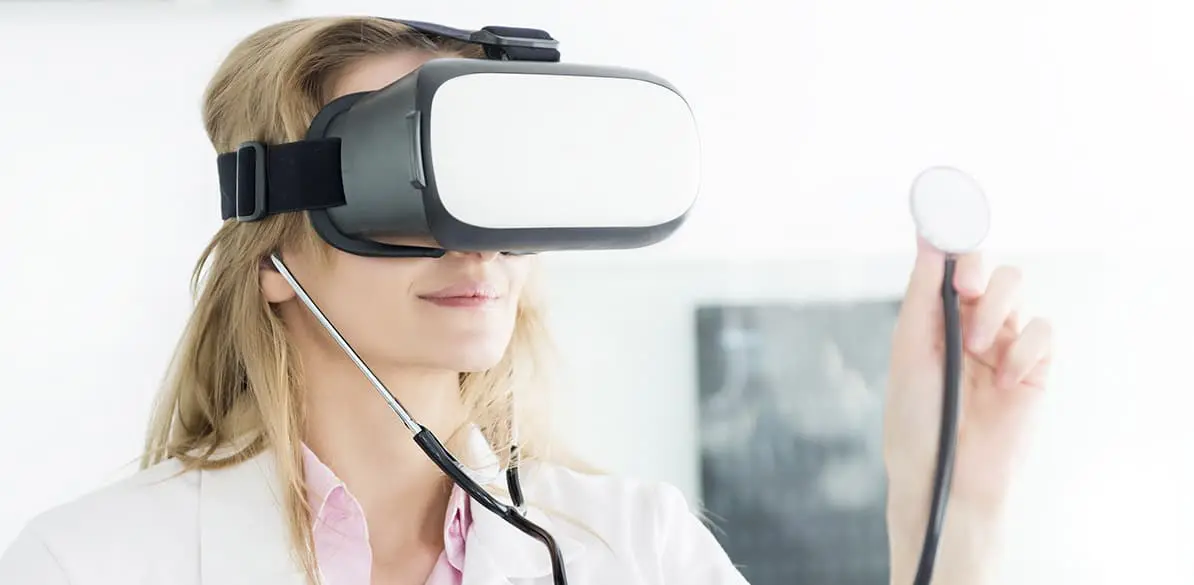The Potential of Virtual Reality in the Health Sector
The great impact of technological innovation in healthcare

Healthcare is, without doubt, one of the areas in which the technology gap displays its gravest and most inhumane aspects. It is the people and countries with fewer opportunities that would get most benefit from it, and yet they, in particular, are the ones who have most difficulty in accessing it. But increasingly, social innovators are striving to bring technological healthcare solutions to everybody in every corner of the world.. In fact, a brief internet search will bring up examples of how the apps and mobile solutions that are revolutionizing access to healthcare have multiplied over recent years. Technology enables the cost of healthcare to be reduced and to transform the way in which it is provided. One of the most successful technologies applied to social innovation in the health sector has definitely been virtual reality. While the best known uses are focused on the video game industry, this technology is already being adapted for many other industries at a fraction of the original costs.
In the health sector, perhaps the best known use of Virtual Reality is in the training of healthcare staff. It is precisely the lack of trained doctors and, above all, difficulties in keeping their medical knowledge up to date, that represent the basic limitations for many healthcare systems. Virtual reality enables continuous training to be provided to healthcare professionals, primarily surgeons, in a less expensive and decentralized way. This implies that a surgeon in a remote corner of the world with difficult access to medical schools can keep abreast of developments in their field by taking classes from either Harvard or London.
Virtual reality also has many applications in thetherapeutic field. There are very successful results of its use in patients undergoing painful procedures such as treatments for burns during which, thanks to virtual experiences, their resistance to pain is improved. It has also been used for years now in treating people with Post-Traumatic Stress Disorder and research is being done into its use for Alzheimer patients or for phantom limb pain after amputation. But on the question of health, our state of mind and attitude also play an important part. Why not use technology to improve them? This is what happens, for example, in our social innovation project ‘Voluntechies’. This group of young people bring new technologies such as virtual reality to the people most in need of them, so that they forget for a moment the reality they are going through. An example of this are the workshops being run for hospitalized children which fool the senses so that the youngsters can escape from hospital for a moment through experiences that allow them to discover the seven wonders of the world, paint in outer space, drive a sports car or sail across the ocean.
As the infrastructure on which Virtual Reality is based is made more efficient, we will see what other solutions this field can offer. But for Virtual Reality to reduce the technology gap rather than increasing it, it will be necessary to rely on committed people who make the effort to design schemes that make is accessible to everyone.
